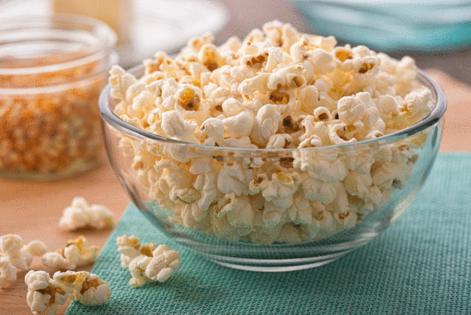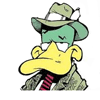On Nutrition: America's food
Published in Nutrition
When our recent road trip across three states concluded, a stockpile of random popcorn kernels littered the floor of our vehicle. It happens every time we take a long trip. And it probably won’t change, especially since it’s a food that got its origins in the Americas.
According to information from USDA’s National Agricultural Library, the oldest ears of popcorn—a certain type of corn that “pops” when dried and heated—go back 5,600 years from discoveries of cave dwellers in New Mexico.
Native Americans naturally used it for food, but also to decorate clothing and for religious ceremonies. Colonists who came to North America were quick to adopt it as a snack food. And because of its low price, it gained in popularity during the years of the Great Depression.
Corn is also part of a very important American trio. Growing up in New Mexico, I long heard about “the three sisters”—corn, beans and squash. But I never knew why they were given this distinction. Then I learned what Native Americans have known for centuries. These three crops “nurture each other like family when planted together,” says the National Agricultural Library.
And like close siblings with different attributes, these three also complement each other nutritionally. Corn and beans, for example, each furnish key amino acids (building blocks of protein) that the other is missing, making a complete protein. And when squash is added to the mix, one gets a high quality, nutrient-dense meal that has sustained native cultures for centuries.
Another American classic was invented by Ruth Wakefield of Whitman, Massachusetts. In the 1930s, she and her husband fed guests at their Toll House Inn. In her quest to find a new treat for her customers, she added chopped chocolate pieces to her cookie dough.
Surprisingly, the chocolate did not melt and blend into the dough as she had expected. No matter, her customers loved it. And so did the Nestle chocolate company, which bought the rights to her recipe and began to print Toll House chocolate chip cookies on each bag of their chocolate morsels.
If you’re as old as me, you remember when ranch salad dressing was only available by mail order. This American staple was created by cowboy Steve Henson, who bought the Hidden Valley Ranch in California in 1954 and started serving it to his guests.
It wasn’t long before his visitors were asking to bring jars of his dressing home. As its popularity grew, he began mailing out packets of his original ranch mix to eager customers. And that’s the story of Hidden Valley Ranch dressing.
Whatever you choose to bring to your table as we celebrate the birth of our great country, remember that our American food history is a blend of many cultures from several diverse landscapes. Happy Fourth of July!
©2025 MediaNews Group, Inc. Distributed by Tribune Content Agency, LLC.










Comments